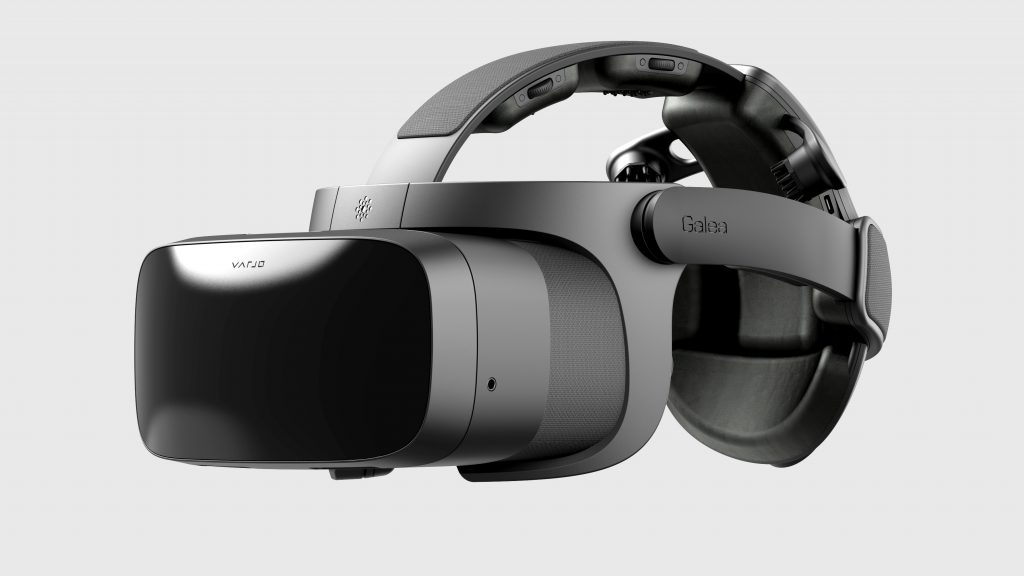Spatial computing — where digital content is overlaid on physical environments — is one of the fastest-growing areas in information technology. It includes Augmented Reality (AR), Virtual Reality (VR), and Mixed Reality (MR), often grouped under the term Extended Reality (XR). In 2025, these technologies are reshaping business, healthcare, training, education, and entertainment, making human-machine interaction more natural through gesture control, voice commands, and eye tracking.
According to Deloitte, spatial computing is a key technology trend driving digital transformation. With the global XR market projected to grow at a CAGR of 20–30% through 2030, businesses adopting these technologies today will have a major competitive advantage.
What is Spatial Computing?
Spatial computing refers to digital systems that understand and interact with the three-dimensional physical world. Using sensors, cameras, depth mapping, and AI, these systems interpret real spaces and allow digital content to be placed, manipulated, and interacted with as if it were part of the environment.
Examples include:
- AR glasses overlaying navigation directions onto the real world.
- VR headsets creating fully immersive environments for training or gaming.
- MR devices allowing you to pin virtual screens or 3D objects to your office space.
Spatial Computing Market Growth
The spatial computing and XR industry is booming:
- Grand View Research estimates the market will reach $469.8 billion by 2030 at a CAGR of 20.4%.
- Stellar Market Research projects growth to $825.46 billion by 2032 (23.8% CAGR).
- AR/VR device shipments are accelerating, driven by enterprise adoption in training, design, and healthcare.
Core Technologies Behind XR
Spatial computing depends on multiple enabling technologies:
- Environmental Mapping: LIDAR, SLAM (simultaneous localization and mapping), and depth sensors create real-time 3D models of surroundings.
- 3D Rendering & Spatial Audio: Realistic graphics and sound placement enhance immersion.
- Natural User Interfaces (NUI): Gesture recognition, eye tracking, and voice control make interaction seamless.
- Edge Computing & 5G: Low-latency networks support real-time rendering and cloud collaboration.
- AI & Machine Learning: AI interprets gestures, predicts user intent, and optimizes performance.
Key Use Cases for Spatial Computing
1. Healthcare & Medicine
Spatial computing is transforming patient care and medical training:
- AR-assisted surgery overlays imaging data directly onto patients.
- VR simulations allow students to practice procedures in safe virtual environments.
- Rehabilitation programs use motion-tracking XR systems to guide patient exercises.
2. Business & Enterprise
Enterprise adoption is one of the biggest growth drivers:
- Product Design: Engineers collaborate on 3D prototypes in real time.
- Training: Immersive simulations improve workforce readiness and safety.
- Data Visualization: Digital twins of factories or supply chains provide actionable insights.
3. Education & Learning
Students can explore virtual laboratories, historical reconstructions, and interactive 3D models, making learning more engaging and memorable.
4. Retail & Consumer Experience
AR try-on apps, interactive store displays, and virtual showrooms are redefining how customers shop.
5. Entertainment & Gaming
XR is central to the next generation of immersive games, virtual concerts, and metaverse experiences.
Advances in User Interfaces
One of the most significant developments is the shift toward more natural, intuitive interaction:
- Gesture Control: Hand tracking allows users to grab, push, and manipulate virtual objects.
- Eye Tracking: Systems know where users are looking, enabling gaze-based selection.
- Voice Commands: Spoken instructions speed up navigation and multitasking.
- Context Awareness: XR devices understand the room layout, lighting, and objects for realistic overlays.
Challenges and Barriers
- Hardware Cost & Comfort: Headsets are still expensive and can be heavy for prolonged use.
- Latency & Bandwidth: Low latency is essential for preventing motion sickness.
- Privacy Concerns: Spatial devices collect biometric and location data, raising security questions.
- Standardization: Lack of unified XR standards can cause fragmentation.
Future Outlook
Over the next five years, expect to see:
- Cheaper, lighter AR glasses suitable for daily wear.
- Wider enterprise adoption for training, design, and field service.
- Hybrid cloud/edge XR solutions with real-time collaboration.
- Regulations addressing XR privacy, safety, and data governance.
Conclusion
Spatial computing and extended reality are ushering in a new era of human-computer interaction. Businesses adopting AR, VR, and MR technologies now can gain a competitive edge, improve training, enhance customer experiences, and reimagine workflows. As gesture control, eye tracking, and AI-driven interfaces improve, XR will become more natural and seamless — blending the physical and digital worlds into a single, immersive experience.




